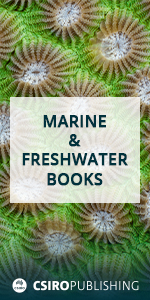IS13047An enigmatic new tapeworm, Litobothrium aenigmaticum, sp. nov. (Platyhelminthes : Cestoda : Litobothriidea), from the pelagic thresher shark with comments on development of known Litobothrium species
The identity of a morphologically bizarre tapeworm discovered parasitising thresher sharks as part of a global survey has puzzled biologists for decades. In concert, molecular, developmental, histological and scanning electron microscopical data provide evidence for its membership in an otherwise morphologically homogeneous genus. The new species is described and the genus is heretically emended to accommodate the novel form.




